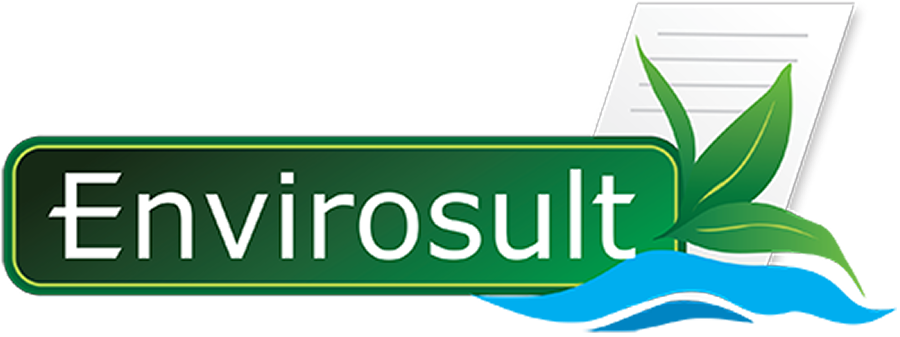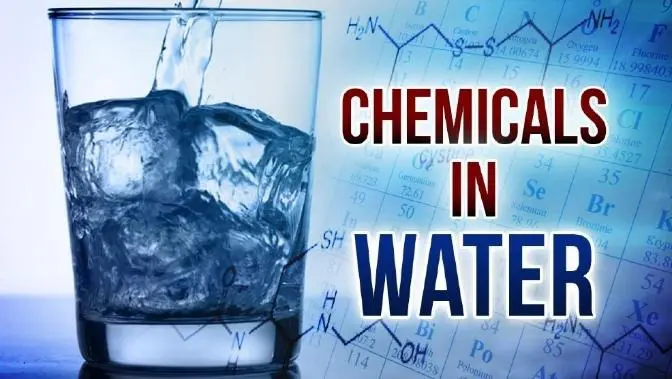
Unsafe Drinking Water in Louisiana & USA
- Salt Water Intrusion, Louisiana 2025

Louisiana
Widespread infrastructure issues cause unsafe drinking water in Louisiana. Saltwater intrusion from droughts. Contamination from contaminants like lead and “forever chemicals” (PFAS). Poor water quality in many private wells. Residents can check their local water quality reports, be aware of signs of contamination, and contact the Louisiana Department of Health (LDH). Also, local water systems(municipalities) provide detailed information and report issues.

Saltwater Intrusion:
Droughts have pushed saltwater from the Gulf of Mexico up the Mississippi River, threatening the drinking water supplies for millions in cities like New Orleans and Baton Rouge.
- Causes of Unsafe Water
Infrastructure Failures:

Many public and private water systems suffer from aging infrastructure, leading to contamination and health issues. Shown above communities hauling safe drinking water.
The Results are Contaminants:
Lead: Found in the plumbing of many older homes, lead can leach into water and cause serious health problems. Disinfection Byproducts (DBPs): Created when chlorine disinfects water, especially seawater, these chemicals pose an increased cancer risk with long-term exposure. “Forever Chemicals” (PFAS): The EPA has detected these ubiquitous chemical pollutants in several Louisiana water systems, including the Intracoastal Water System and the City of Plaquemine.
- Private Wells:
How to Find Information
Consumer Confidence Reports (CCRs):
Your local water system is required to distribute a yearly report detailing water quality and any violations.
Louisiana Department of Health (LDH):
The LDH website provides information on water quality, boil water advisories, and regulatory data for public water systems.
For those on private wells, the Louisiana Department of Health (LDH) offers resources to understand water quality and potential health impacts.
Many private wells are not protected by the EPA’s Safe Drinking Water Act and can contain unsafe levels of arsenic, radon, bacteria, and other chemicals.
- Signs of Contaminated Water
Unusual Taste or Smell: A metallic, fishy, or sulfur smell, or a cloudy/foamy appearance, can indicate contamination. Government Advisories: Pay attention to any boil water advisories or other government alerts. Discolored Water or Sediment: Blackening, dirt, or sediment in your sink is a clear sign of trouble.
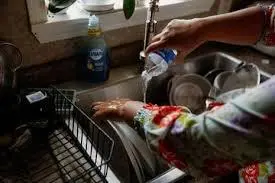
“Herbicide contamination leaves water unusable in parts of Louisiana”.
Click on the Link above to learn more about this Topic.
Herbicide contamination in Louisiana occurs through various sources, including agricultural runoff, spray drift, and improper use. Recent issues include a specific incident in Madison Parish where a “do not use” advisory was issued for water systems due to paraquat contamination. The Louisiana Department of Agriculture and Forestry (LDAF) monitors state waters for pesticide contamination, while the Department of Health provides information on the health risks of certain contaminants.
Sources of contamination
Spray drift. Mists from sprays can travel for miles and affect nearby crops or other vegetation. Runoff. Agricultural runoff can carry herbicides into surface water, impacting aquatic life and water quality. Contaminated soil/compost. Herbicides can persist in soil or compost, causing damage to non-target plants. Improper handling. Careless cleaning of equipment can contaminate soil, water, and desirable vegetation. Carry-over. Persistent herbicides can remain in the soil for a long time.
Recent incident in Madison Parish. Contaminant. Paraquat, a toxic herbicide, was found in the water supply.
Health advisory. A “do not use” advisory was issued, meaning the water is unsafe for drinking, cooking, bathing, or washing. Boiling the water will not remove the paraquat.
Mitigation. The Louisiana Department of Health (LDH) advised residents to use bottled water and provided a pick-up site for water delivery.
Current status. The water system is flushing, and state health officials are continuing to test the water.
Monitoring and regulation. The Louisiana Department of Agriculture and Forestry (LDAF) monitors surface and groundwater for pesticide contamination.
The Louisiana Department of Health (LDH) provides information on the presence of various contaminants, including herbicides like atrazine, in drinking water systems. State laws regulate the use of pesticides in schools to protect children and staff. How to protect yourself
Follow local advisories. Pay close attention to any warnings from local and state authorities regarding your water supply. Do not use contaminated water. Avoid drinking, cooking, bathing, or washing with water under a “do not use” advisory. Use safe water sources. Obtain bottled water or a safe alternative for all household uses. Proper handling of products. Follow the instructions on pesticide labels for storage, use, and disposal. Inform local officials. If you have water sampling results that indicate problems, inform your local sanitarian at the parish health unit.
- A Heading The USA is making plans to replace all of its lead water pipes.
Nov 19, 2024 — A new federal rule will require water utilities across the country to pull millions of lead drinking water pipes out of the ground and replace them, at a cost of $$$$$$$$$$$$$$$$$$$$$$…
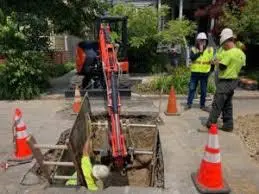
- Major drinking water concerns
Health risks: Lead exposure can cause severe health problems, especially for children, including damage to the brain and kidneys. Saltwater intrusion: Saltwater intrusion can lead to increased levels of toxic disinfection byproducts and may corrode aging pipes, potentially leaching heavy metals into the water supply.
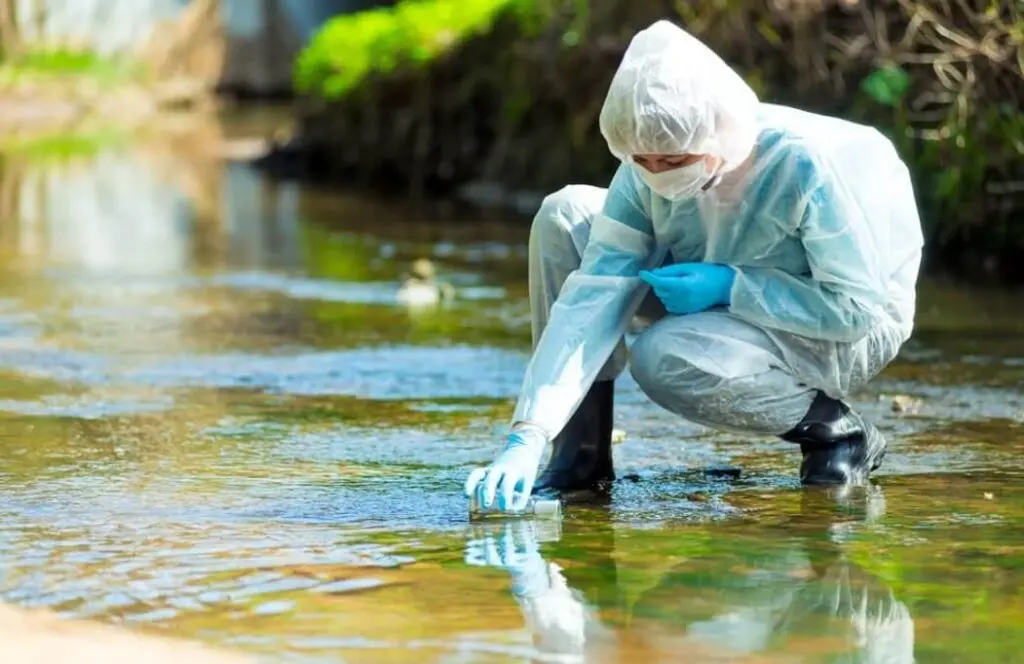
Carcinogenic compounds: In 2023, state tests in southern Louisiana detected a spike in disinfection byproducts like trihalomethanes (THMs) and haloacetic acids (HAA5s). Health risks: Long-term exposure to these substances is linked to an increased risk of cancer.
Cause: The increase was attributed to saltwater intrusion into water treatment plants. Herbicide spill (August 2024) : paraquat, but residents were instructed to flush their own systems.
How to get information on your water system
Check system status: You can find information about specific public water systems, including advisories, testing data, and annual Consumer Confidence Reports, through the Louisiana Department of Health’s Drinking Water Watch database. View system grades: The LDH also assigns letter grades to water systems based on federal and state quality violations, financial stability, and other factors. A poor grade does not necessarily mean the water is unsafe, but it can indicate underlying problems.
